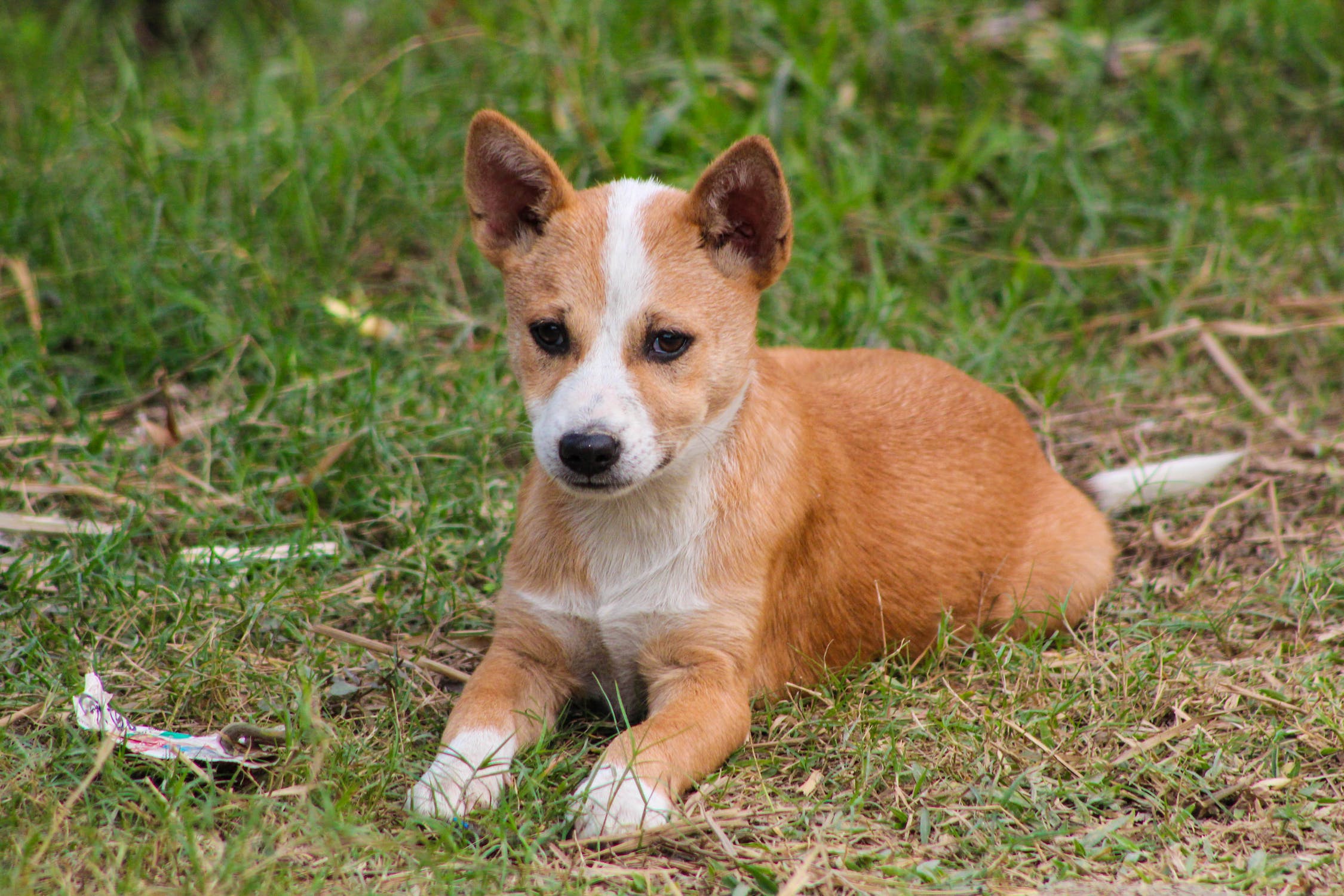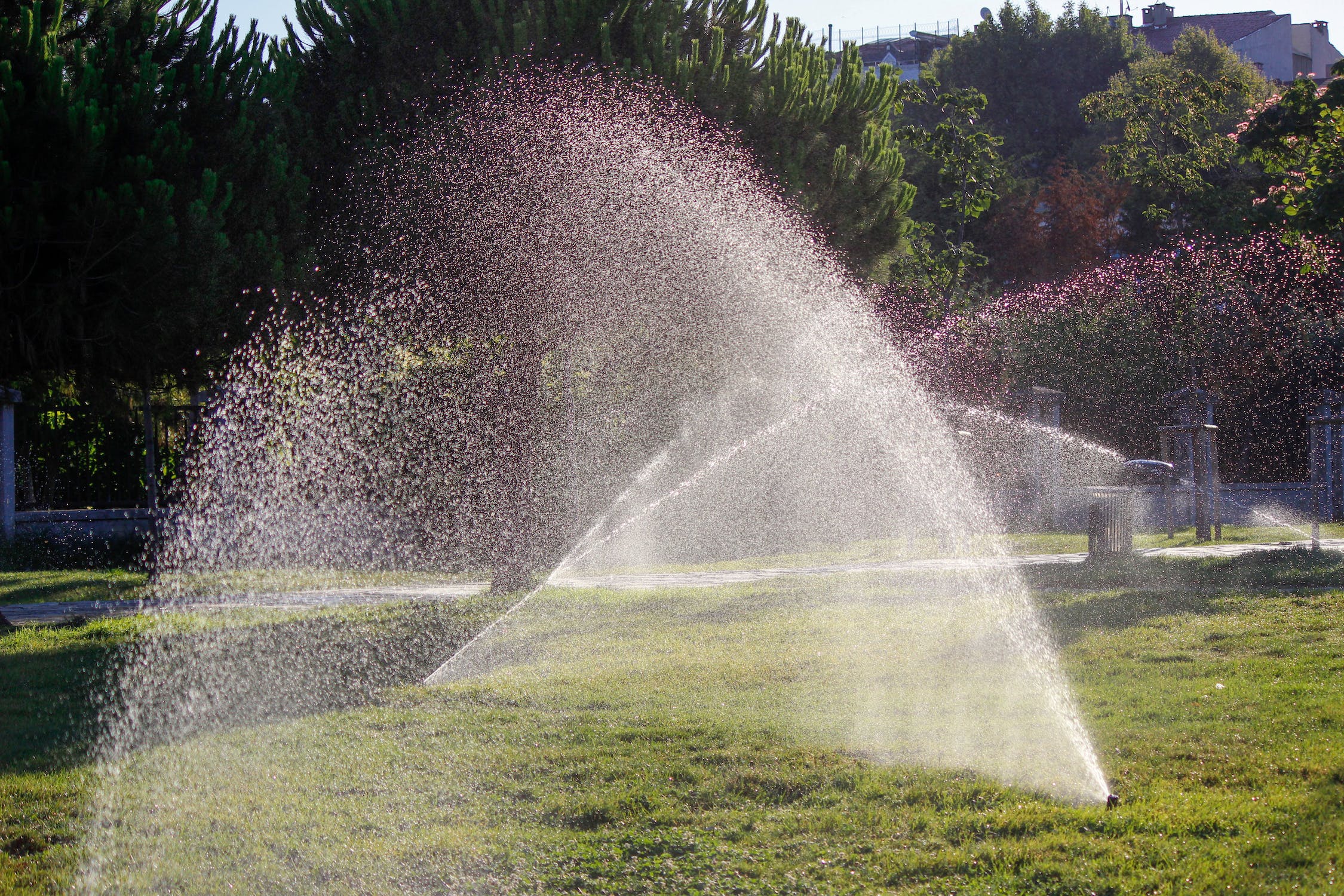When your dog destroys your favorite shrub or your pet cat uses your garden as a litter box, your love for them is somehow tested. Such damaging activity is not done out of spite, despite the fact that it may be unpleasant and upsetting. Natural impulses in animals lead them to chew and dig. Your animal buddy won’t comprehend why it is being reprimanded unless you catch it in the act of harming a plant. Pets need to be stopped from digging up plants, therefore patience and effort are required. Fortunately, there are several methods you may employ to make it possible for pets and garden plants to coexist happily.
Reasons for Destructive Behavior
Dogs frequently dig up plants to release frustration or repressed energy. Particularly when dogs are left alone in the yard for extended periods of time, damaging actions are frequently motivated by boredom and loneliness. Your dog can burn off surplus energy with a fast-morning walk, which can reduce the likelihood of undesirable behaviors. Regular playtime can satisfy your dog’s demand for attention and socializing through games like fetch and tug-of-war. Make sure your dog has a range of toys to keep them occupied whenever it is left alone. Because they are drawn to certain scents, cats will occasionally eat and destroy plants. To help their digestive tract, they also consume leaves and grass. Cats may dig up delicate plants and seedlings while using soft garden soil as a litter box.
Pet-Proof Plants
When you have pets, gardening is all about making a garden that can tolerate some wear and strain. Make sure to pick plants that can withstand dog or cat activity and are hardy. Stay away from fragile plants and plants with pointed foliage that could cut your pet.
When pets consume certain plants, it can occasionally result in convulsions, tremors, or worse. Only keep the following indoor plants since even the most well-behaved animals will eventually try to eat one: rattlesnake plant, spider plant, parlor palm, Calatheas, ponytail palm, Haworthia, Echeveria, African violet, Boston fern, and a few orchids.
Additionally, there are a number of herbs that are safe for use around pets. A low-maintenance perennial plant that makes an excellent ground cover is creeping thyme. It only needs a little water and sunlight to be functional. Remember to include plants in your pet-friendly garden that can withstand harm from a paw or fuzzy backside and still thrive! Even if a few flower stems or stems are broken, don’t worry; they will heal up right away.
Barriers and Paths
It’s a good idea to construct a fence around weak spots in your yard, especially flower beds, if space permits. Your pet will find flowerbeds to be quite alluring, therefore you should normally create a tiny fence at your pet’s breast height to serve as a deterrent. While you focus on teaching your dog or cat to avoid the area, there isn’t a simpler approach to temporarily remedy the issue. You might make trails through your garden or clearly defined borders, like a box hedge, to stop a dog or cat from rushing through it.
Pet Play Areas
Make a different digging area in your yard and teach your animals to use it. In a sandbox or hole filled with soft sand or soil, dogs and cats both enjoy digging. Dogs are attracted to use the play area by hiding toys in the sand. Catnip (Nepeta cataria), a plant that thrives in the United States, is a good choice for surrounding the designated play area to attract cats.
Repellents
Pets and wildlife can be deterred by water sprayers close to plants or landscaping. Cayenne pepper or citrus peels scattered on the ground near plants may repel cats. A spray of cayenne pepper or a bitter apple will deter animals from nibbling on vegetation. By combining 1 tablespoon of cayenne pepper with 1 cup of water, you can make your own repellent spray. To avoid irritating your eyes, nose, and respiratory system, stay away from commercial rodent repellents.
Water Sprinkler
Cats and dogs detest water. If it gets them wet, they will go out of their way to avoid it, whether it be from showers, sprinklers, rain, or puddles on the ground. If your pet has similar feelings, water might be the best digging deterrent. Spray your dog with water whenever he approaches his preferred digging area to make him run away and forget about digging. The same applies to cats as well. Cats don’t mind drinking water, but if it comes in contact with their fur, it may immediately transform a contented cat into a mini lion. A motion-activated sprinkler will take care of the work for you rather than you having to wait around with a garden hose till your pet begins to dig.
Hanging Some Plants
Making sure your pets can’t get to your plants is a simple approach to keep them out of your plants. You can mount their smaller plants up and away from curious paws using macrame plant holders and shelves. Create a “plant room” where your pet isn’t allowed if you have the space. Another option is to use terrariums or convert an old cabinet with glass doors into your own personal greenhouse. The plants will continue to be safeguarded while being displayed.
Landscape for Pets
Raised beds can be used to designate planting areas by using landscaping bricks or timbers. Put strong shrubs or hardy, attractive grasses around the periphery of your planting spaces, and soft annuals inside. Pets may be put off by prickly shrubs like American holly (Ilex opaca), but stay away from plants with sharp spines. Because dogs are lured to soft, just turned ground, enclose newly planted shrubs and trees with chicken wire until the plants get established. Cats are put off by mulch made of uninviting materials like pine cones or stones around plants.
Conclusion
It’s probably time to start teaching your dog or cat right from wrong if its life’s work seems to be trampling your flowers and creating crater-sized holes in your garden. Your pet may be destructive to the yard because he or she is bored out of his or her mind or because it probably wants more attention from you, among other things. Whatever the cause, yelling at your beloved pet won’t make the situation better and can make it worse. It’s best to divert its focus to constructive pursuits and reinforce them with lots of compliments and delectable rewards.





